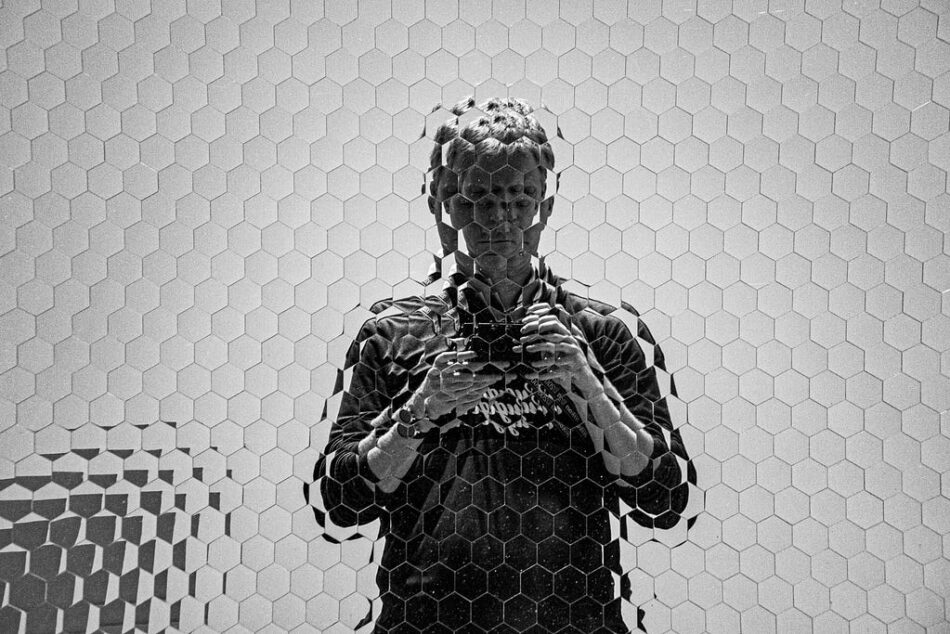Adopting a holistic approach to design to be able to generate strategic value.
Photo by Wynand van Poortvliet on Unsplash
In recent years, I have the sense that Design has become increasingly fragmented into various specialties, each delving deeply into specific areas and often missing a holistic perspective. This phenomenon, comparable to the Industrial Revolution, can make it easier to replace professionals as training for particular functions becomes easier, faster, and less costly. It may be time to raise a question: who wins with all this fragmentation?
“Industrialization” of Design
Nielsen Norman Group highlights the growing importance of specialized roles in user experience (UX) design, emphasizing the need for dedicated UX researchers, visual designers, and interaction designers.
While studies from the NN Group promote the benefits of specialization within specific contexts, others acknowledge that with proper integration and collaboration, the Design’s effectiveness and strategic impact can be significantly improved.
According to McKinsey, the importance of integrating design leadership with other business functions can avoid silos. They also highlight that without effective collaboration and a clear, integrated role, design leaders might struggle to achieve their full potential and drive strategic value across the organization. This may suggest that excessive specialization can lead to isolation, hindering broader strategic impact.
In its study about Design Maturity, Invision notes that as organizations evolve, the role of Design becomes more integrated with business strategy. High-maturity organizations benefit from blending design with broader business functions.
During the Industrial Revolution, Fordism and Taylorism transformed factory operations by increasing efficiency through extreme division of labor. Henry Ford introduced the assembly line, where workers performed specific repetitive tasks, making it easier to replace them and reducing the need for comprehensive skills. Similarly, in modern design, specialization can lead to the alienation of professionals from a complete process view, making them easily replaceable parts of the system. McKinsey’s report supports this by highlighting that siloed functions in design can undermine business performance and innovation. They emphasize that successful companies integrate design leaders with other business functions to avoid such pitfalls.
These new design roles may have emerged due to specific market demands and technological advancements. Still, they also contribute to the fragmentation of design disciplines and, worse, to the lack of a holistic perspective among designers.
With a holistic and integrated approach, design can retain the bigger picture, positively impacting its strategic decision-making and innovation capacity.
Now and beyond
The complexity of modern problems requires professionals who can navigate various subjects and integrate different perspectives. Behavioral skills, such as empathy, negotiation, and influence, become essential for designers, as Design is fundamentally about human connection. Research from LinkedIn Learning indicates that 92% of talent leaders and recruiters believe soft skills are more important than hard skills. Unfortunately, many design education programs focus more on technical than behavioral skills.
There is an urgent need to reverse this proportion. Education should prepare designers to think holistically and integrate behavioral skills into daily practice. A study by AIGA shows that 76% of design professionals feel that their academic training did not adequately prepare them for market challenges.
According to another McKinsey study, future leaders must blend cognitive, digital, interpersonal, and self-leadership skills to succeed in a dynamic, automated world.
In 2019, I presented a study about “Design Attitudes for ever-chancing business” as my Berlin School of Creative Leadership MBA graduation thesis. Bellow, I will resume some (evolved) skills I believe will be fundamental to us, designers, to thrive today and in the future:
Embrace Uncertainty: Designers must navigate and thrive amidst constant change and uncertainty. They should look for clarity even when everything seems obscure and confusing. Do not hesitate to ask for help. Being comfortable with ambiguity and adapting to new circumstances is crucial for the future.Available Tools Literacy: Future designers should be aware of emerging tools such as Generative AI and others. Understanding how and why to use a tool will be crucial. This technological literacy will enable designers to leverage new technologies effectively.Emotional Intelligence: Skills such as empathy and building trust are increasingly important. Emotional intelligence helps leaders build strong relationships and create a positive work environment, which is essential for navigating complex challenges.Holistic Thinking: Designers must integrate various perspectives and disciplines to maintain a strategic vision. This holistic approach ensures that decisions are made with a comprehensive understanding of their impact.Purpose and Ethics: Designers must know why decisions are important and understand their impact on their lives, society, and the planet. Ethical decision-making and a sense of purpose drive meaningful and sustainable success.
By cultivating these skills and adopting a holistic approach, designers can navigate the complexities of modern and future challenges, driving innovation and strategic value.
How to prevent design fragmentation was originally published in UX Collective on Medium, where people are continuing the conversation by highlighting and responding to this story.





